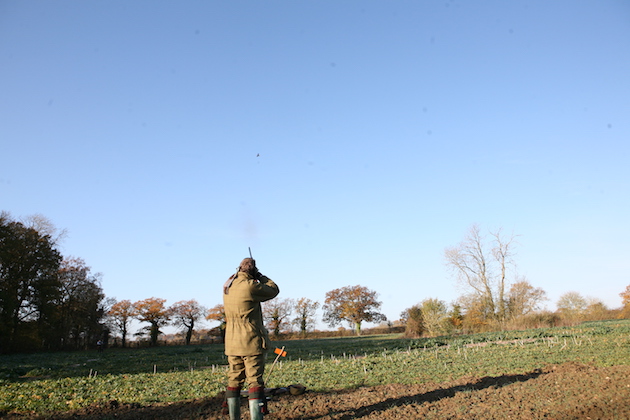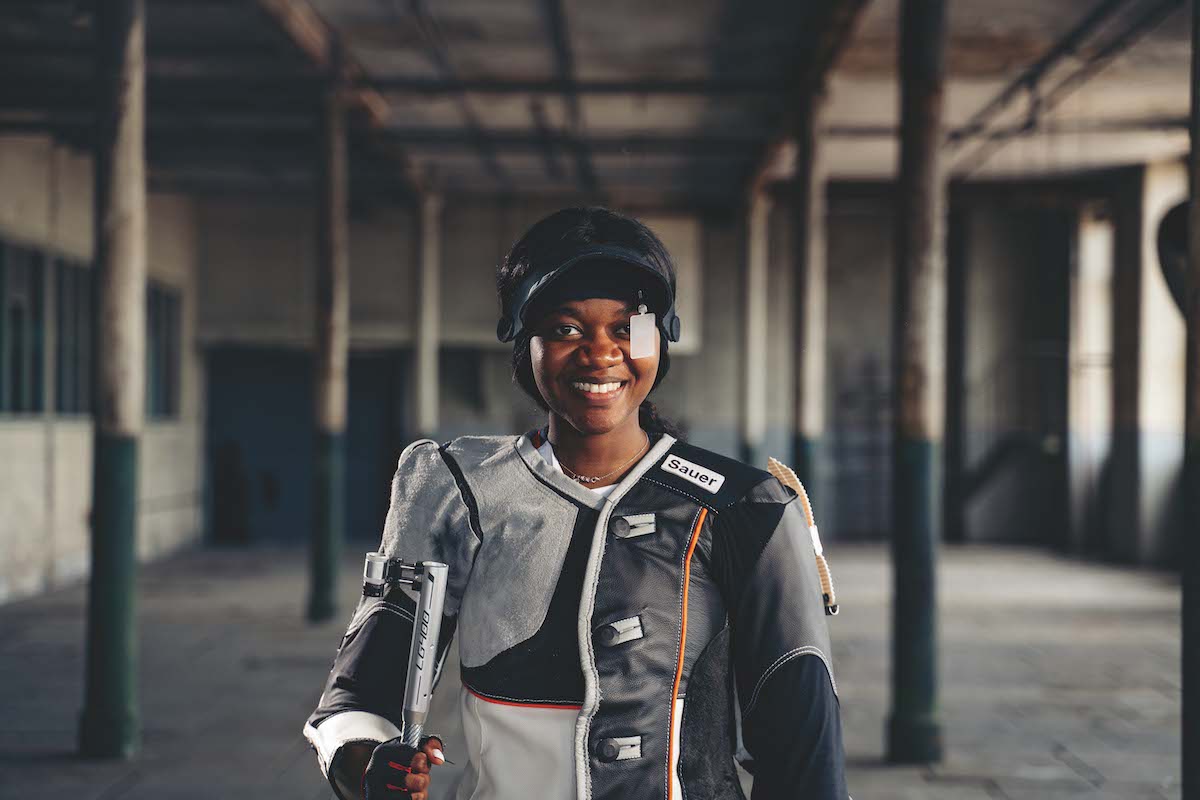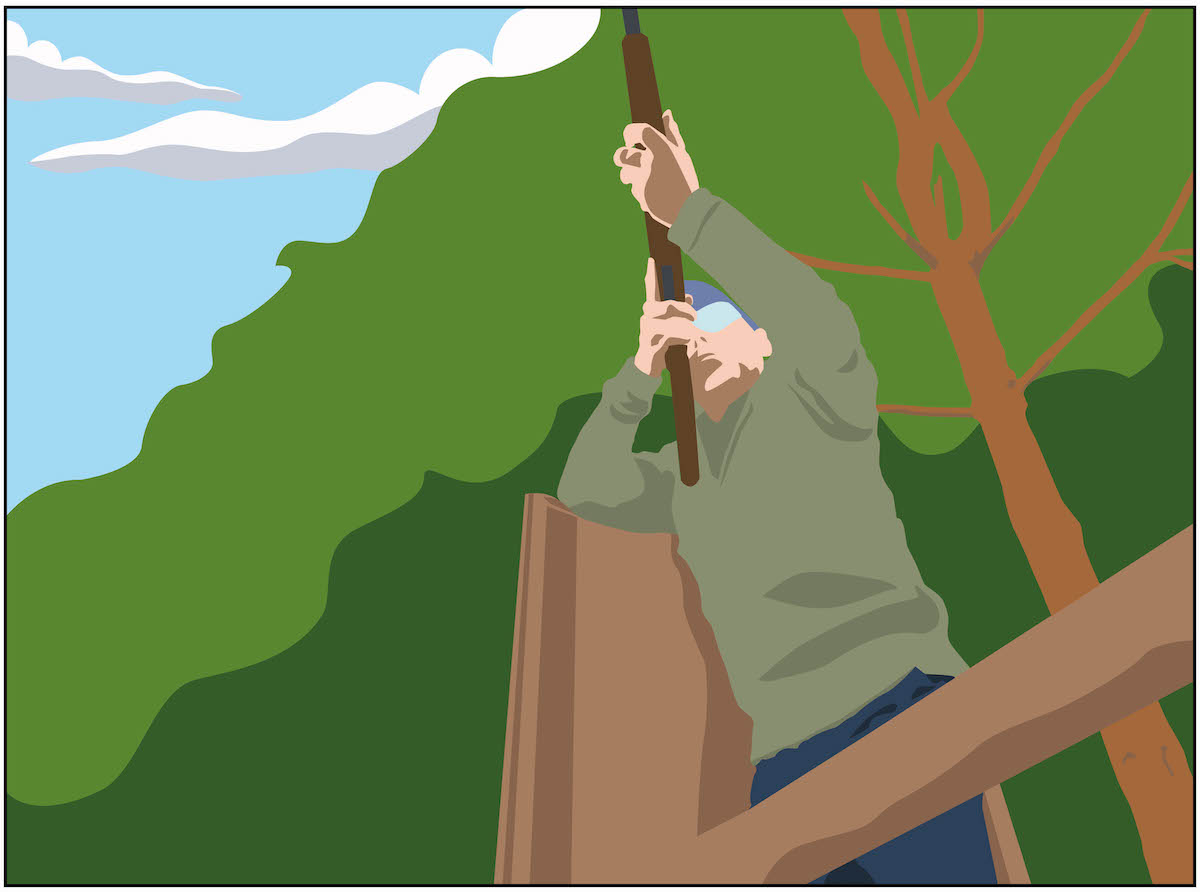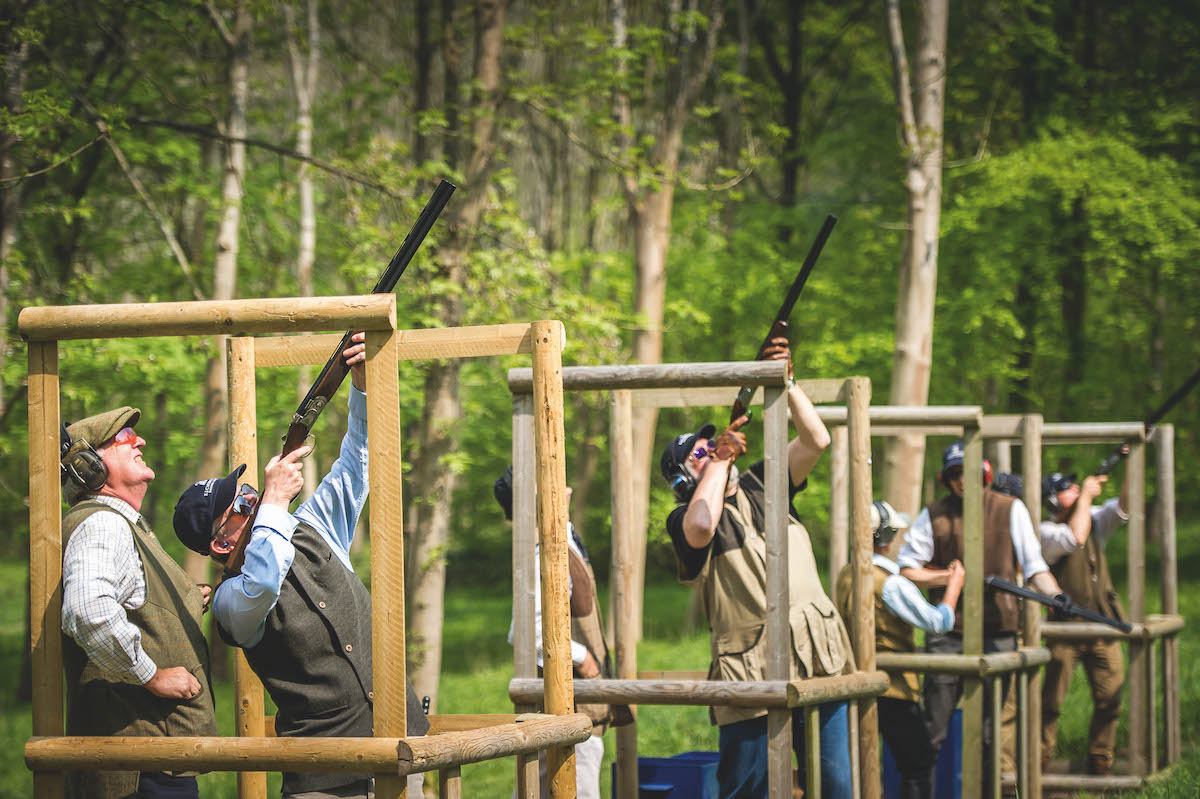How to make sure a shoot day goes well
Tony Bracci reminds us of some basic rules to follow to make sure a shoot day goes well, whther you are a newcomer to the sport or an old hand
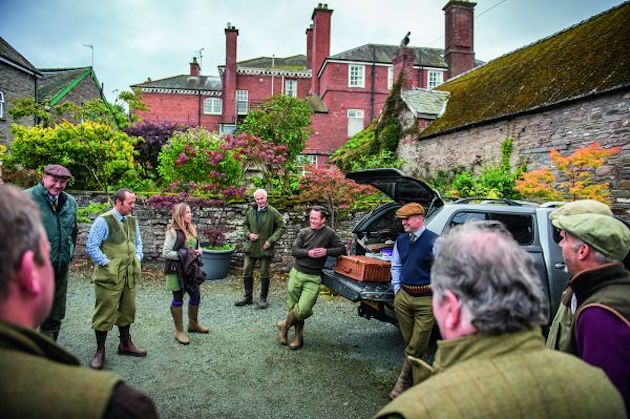
Follow the dress code and listen to the briefing - it's important
Whether it’s your first shoot day or the first one of the season, how can you best prepare for it and get the most out of the day?
Shoot location
Where the shoot is will give you a clue as to how the birds will be presented. Is it in a valley, among rolling hills or on prime arable land? Stately home or farmer’s shed? All shoots will use the topography to present the birds as best they can.
Having the details is important. When you get rural you should not rely on the postcode – maps and written directions are important to get you there. If it’s local, a pre-shoot visit may be worthwhile, but if it’s a long distance away, leave plenty of time for your journey. Besides, on all the shoots I have attended, there is always a cup of coffee and often a bacon roll waiting for you, no matter how early you turn up.
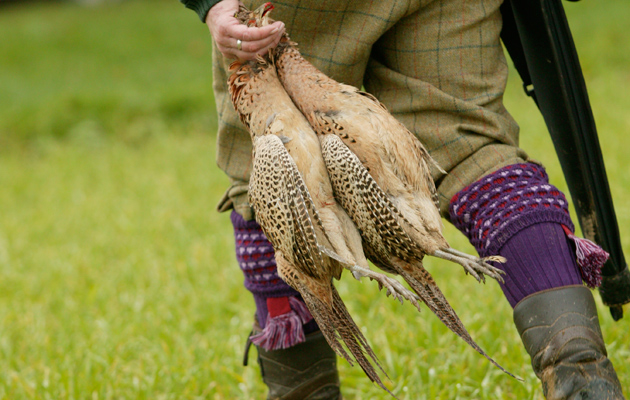
Follow the dress code
Dress code
Yes, there is a shooting dress code. Turning up to a shoot in a pair of jeans and a clay-shooting skeet vest is not really acceptable. A shirt and tie are normal attire, unless you hear differently. If it’s your first time out, cords or dark coloured trousers with wellies is OK, but you will find most Guns in breeks, plus twos or plus fours; shooting socks and a good pair of walking boots or wellies, especially if it is wet and muddy underfoot.
A shooting coat is cut to allow you to move your arms freely, has pockets to hold cartridges and should be made of waterproof material and be a green or brown colour that will blend appropriately with the surroundings. A hat can be useful, but (please) not a baseball cap. Flat caps are the norm.

Discipline in the field is vital for everyone’s safety
Shoot briefing
The briefing is very important, as it will outline the day ahead and spell out safety measures. You will be asked to draw a peg, as a way of deciding which peg you will start on. You will be told how many Guns will be shooting and how many pegs you will move up on each drive. All shoots have different numbering systems, so it’s important to pay attention. A seemingly simple piece of information such as which way the Guns line out, either numbering from the left or the right, can save you a long walk to the wrong end of the field.
Spent cartridges may need to be left on the peg or collected. You will be told which birds will be shot and which ones will not. Some shoots do not allow shooting of woodcock and some have fines for shooting white pheasants. No ground game is normal, only birds in the air. There is usually a request not to shoot at pigeons until the first game birds have come through; this is to stop the game birds breaking out the back before the beaters have encircled them. Make sure you shoot with plenty of sky around your birds, safely up in the air. If everyone pays attention to and adheres to what has been relayed in the briefing, they should know what they are doing and the day should run smoothly.

Travelling on the shoot bus is a good way to meet people
On your peg
Once on your peg, find a good spot to stand. Ideally, try to find some level ground. Look around you. What can you see? If there are pickers-up behind you acknowledge their presence as it will give them confidence that you have seen them.
Have a look in front; where are the birds likely to be flushing from? They may be coming from a wood or a cover crop, so think about where they may fly to. Think ahead and be prepared.
Your resting position on your peg should be with weight on both feet, relaxed and with your barrels distinctly up in the air. When you load your gun you should load with your barrels pointing to the floor, then swing up into the sky through a safe area.
If you have a beater stepping off a crop or another Gun in front of you as you close the gun at the floor, turn the gun to the side to bring the gun to a safe position every time.
As the birds are flushing, don’t be too eager and try to shoot as soon as you can, be patient and let the birds come to you. And as they come, adjust your feet and try to kill your bird efficiently. Your pegs are likely to be about 40yd apart and, as such, any birds that are more than 20yd to your left or right are for your neighbouring Gun. Some drives will be busier than others, so enjoy the busy ones and the expectation of them when it’s quiet. It’s not the done thing to boast about how many you have shot; it is about good sport, good company and the whole occasion.
Shooting manners for those new to going out in the field
Have you been invited shooting for the first time this season? Worried about shooting manners for beginners? Here are the…
Driven pheasant day: How to tell which is your bird and which is your neighbour’s
Ian Grindy shows you how to work out if it’s your bird or your neighbour’s and discusses etiquette on driven…
What to wear shooting
We advise you on what to wear shooting, whether at the clay ground or in the field
How to wear your gameshooting socks when you’re out in the field
When game shooting, what is the correct way to wear long socks/stockings with plus-twos or breeks? Is it socks on…
A ‘thank you’ to all who have helped produce the day never goes amiss when proceedings are brought to a close, and neither does a tip for the keeper (ask your host how much, if you are unsure). I would also encourage you to take a brace of birds home for your table.

Take some birds home for the table
Follow the aforementioned, no matter how obvious it may seem, and I have little doubt that you will enjoy your day in the field and be looking forward to the next time.


